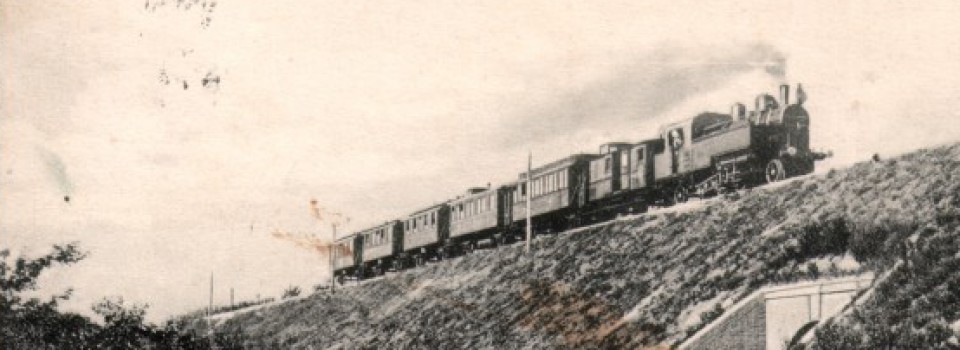In wheat-growing areas, windmills were built for grinding grain crops, so in the Hungarian Great Plain as well. Their spreading was greatly influenced by an innovation, coming from the Netherlands, while the rolling mills that replaced them became general due to the utilisation of steam power and a newer procedure of producing the cylinders. By the end of the 19th century, the efficiency and greater capacity of the steam mills pushed the otherwise very widespread wind and dry mills outside the settlements. Their later usage was primarily related to grains collected from private lands.
Windmills have remained in Bačka Topola for a long time. The war-tax of 1813 mentions 17 dry mills but none of the windmills. We do not even know the time of building these mills, but their topographical lot numbers were marked on a map from 1857, while the windmills of Bačka Topola were mentioned for the first time in 1859. There were three of them working at the same time, but later, from the second decade of the 20th century, there was only one, on the hill behind the Marketplace. It was used for grinding until 1963, while the municipality bought it from the former owner in 1977 and put it under the supervision of the Žitokombinat (today Žitko) company from Bačka Topola. The windmill was still under the threat of collapse in 1982, but after that a team from Žitko and the town-planning division managed to displace it on the hill between the artificial lake and the E-5 road. The windmill was opened for visitors on 16th October 1987.
Árpád Papp




